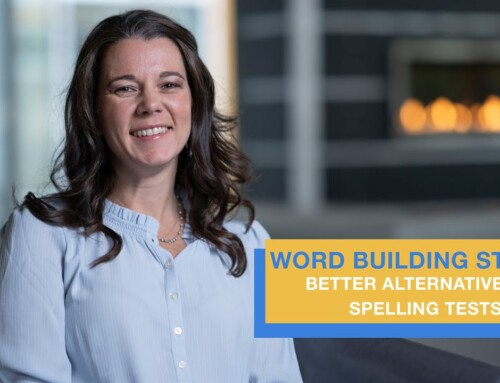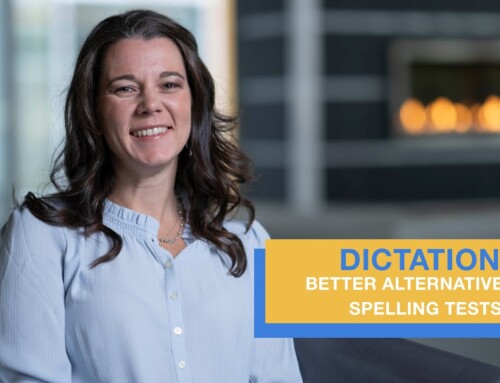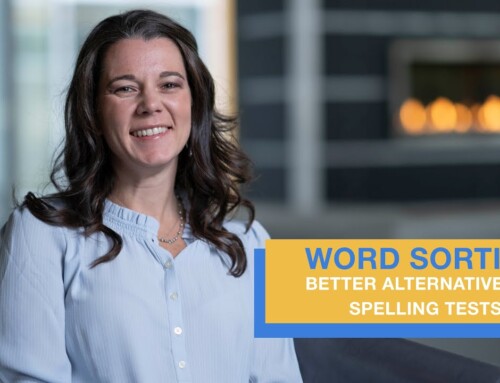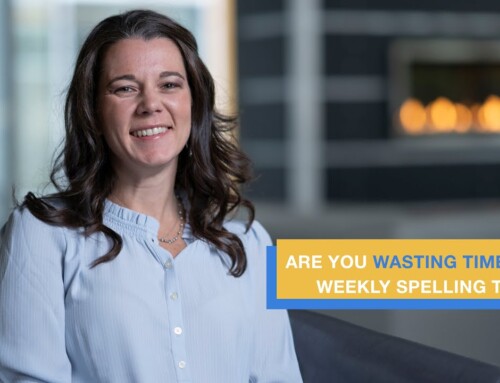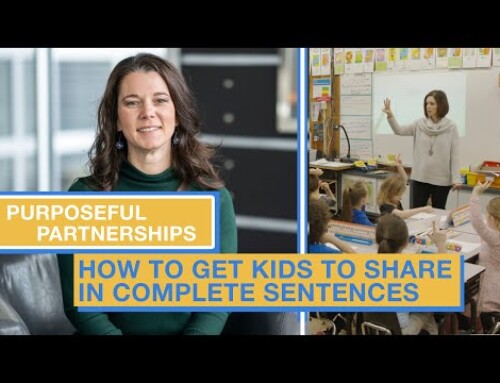Hey everybody, welcome back.
Thanks for coming to hear the next step about how we build those purposeful partners, it’s called establishing purposeful partner habits. I don’t know about you but I’ve been engaged in lots of conversations where I don’t feel like my partner’s really listening to me or engaged in what I have to say and then in the back of their mind they’re thinking, well, how am I going to respond to you. So in order for us to make these purposeful partnerships to work in our classrooms, we have to teach our kids how to actually listen, and how to actually talk. It sounds kind of silly, but really it’s true.
I think about four main steps in order to teach these habits in the classroom. It first starts with teaching what it is and what isn’t, and then doing lots of modeling and practice with that. I can assure you that if you take the time to teach the habits, at the very beginning of establishing your first purposeful partners, you will save a lot of time in the long run in your classroom.
Okay, here we go.
- Step one eye contact, in a conversation, you really want that person to be looking at you so teach your kids how to really make sure that they’re looking at their partner.
- Step two, you know you want to get a little closer so kind of teach them how to lean in, so it really makes them feel like they’re part of the conversation. I am giving you eye contact and now I’m leaning in because I want to hear what you have to say. So that proximity pieces is extremely important.
- Step three is about making sure that in the classroom. Your voice is at a level where you want it to be. I don’t want to be talking too softly so my partner can’t hear me, but I also don’t want to be talking so loudly that the partner next door to us, can’t even hear their conversations.
- Step four, and this is crucial. You want to make sure that your students know how to be active listeners.
So let’s go back, step one eye contact, are you looking at each other, step to lean in, and really think about that proximity how close are you to your partner. Step three is making sure that your voice is at a good volume so that everybody can hear each other in the classroom. Step four, and this is crucial. You want to make sure that your students know how to be active listeners.
Active listeners aren’t the kind of listeners who are thinking about what they want to say when the other person stops talking. Active listeners are the kind of listeners who are nodding along, who say things when you’re done talking like I agree with you because, or I disagree with you because, those partners might be ones that might restate what you’ve said and add on some other ideas. You really want to show your kids that active listening looks a certain way and it sounds a certain way when you’re done in the classroom.
I can assure you that if you implement these four steps right away in your classroom. After you have your partners established, and teach them how to have these effective habits, you will have truly permissive partners, increasing the productivity in your classroom. And please remember, anytime partners are done, they remember to say “thank you” to their partner.
I hope you liked this video and if you did please hit that like button, make sure you’re subscribed to our channel and stick around for the next video in our series of creating purposeful partnerships.

